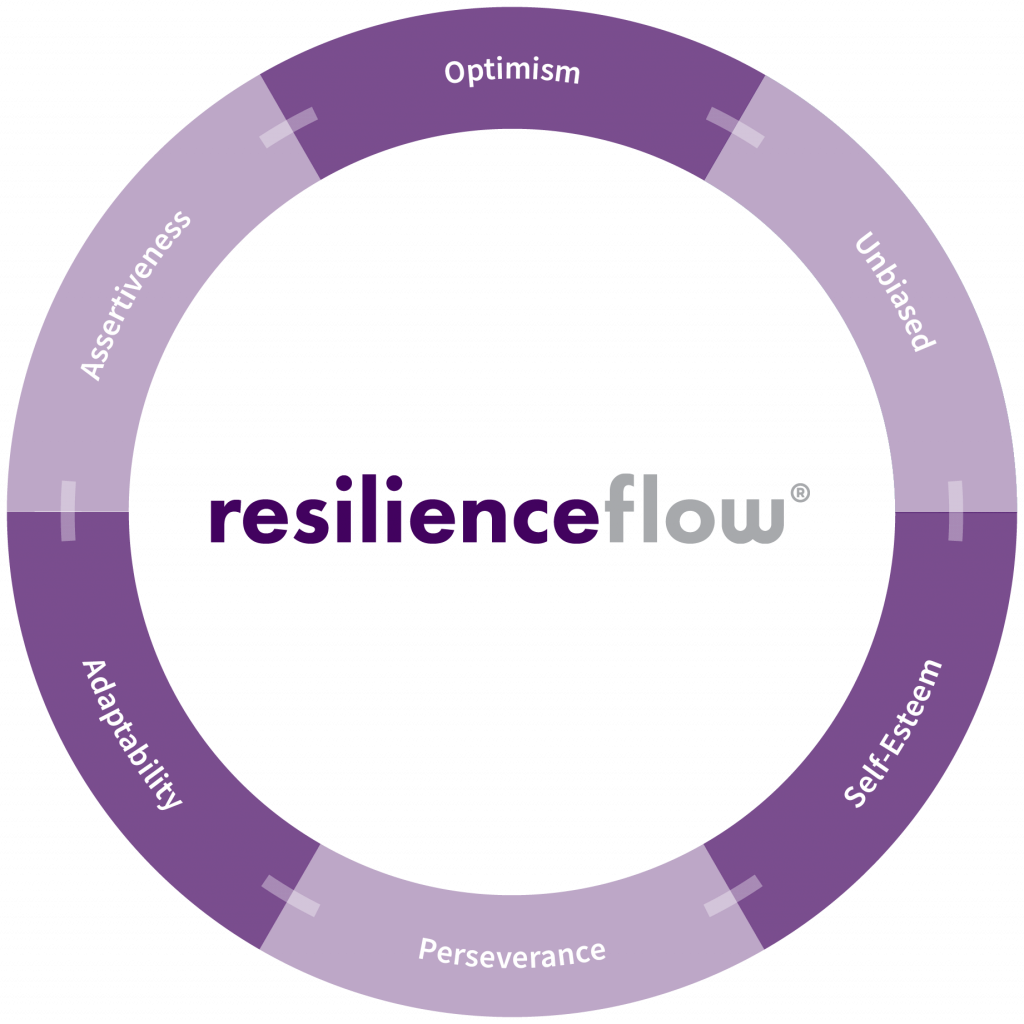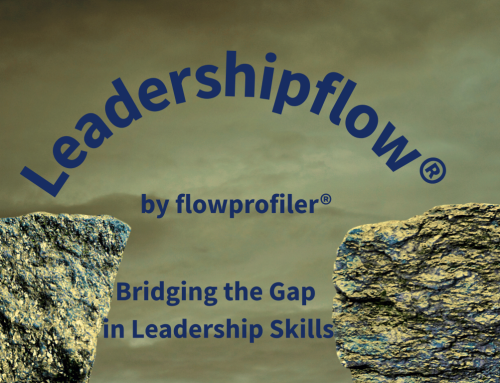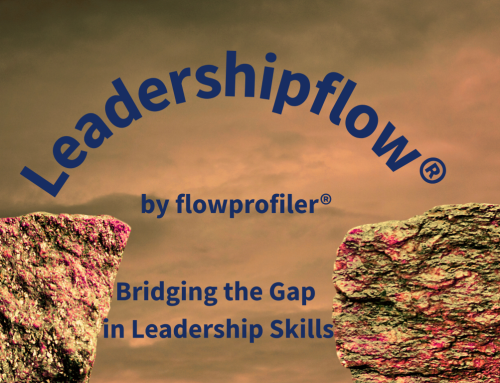Resilient leadership is a strategic asset. Change is inevitable and resilience is a defining quality of success. Markets shift, technologies disrupt, disputes emerge, and crises test the agility of even the best-laid plans. The question for professionals isn’t if challenges will arise, but how will their leaders will respond when they do.
Resilient leaders not only withstand adversity, they drive organisational performance through it. They turn setbacks into opportunities for growth with research showing that resilient leaders achieve stronger long-term results and higher employee well-being (Suryaningtyas et al., 2019).
Resilience is the foundation for high-performing teams, sustainable cultures, and companies that thrive in change.
“If you’re going through hell, keep going.”
– Winston Churchill, 1941
Why Resilient Leadership Matters
Resilient leadership is the ability to adapt, persevere, and grow in the face of adversity while inspiring the same in others. Leaders who embody resilience maintain optimism and clarity under pressure, make sound decisions amid uncertainty, and rally their teams through challenges. This style of leadership isn’t about avoiding difficulties; it’s about meeting them head-on with confidence and composure. Studies link resilient leadership to improved outcomes including higher employee engagement to better organisational agility (Luthans et al., 2007; Suryaningtyas et al., 2019).
Resilient Leadership Drives Performance
When leaders remain calm and solution-focused during a crisis, their teams are more likely to stay motivated and productive, rather than overwhelmed. Resilient leaders also foster an environment where setbacks are seen as learning opportunities rather than failures. This mindset creates psychological safety, encouraging innovation and continuous improvement. Ultimately, resilient leadership drives performance by ensuring that when conditions change, the organisation can bend without breaking, and often emerge stronger.
Resilience is Not an Inborn Trait!
Importantly, resilience is not an inborn trait reserved for a few. It is a set of skills and attitudes that can be developed. Psychologist Albert Bandura (1997) highlights the role of self-efficacy, the belief in one’s capability to succeed, as fundamental to resilience. Leaders with high self-efficacy approach challenges with the conviction that they can overcome them, bolstering both their own performance and their team’s morale (Bandura, 1997).
“People’s beliefs about their capabilities have
a profound effect on those capabilities.”
– Albert Bandura, 1997
Carol Dweck’s work on growth mindset (2006) similarly shows that when leaders view abilities and intelligence as qualities that can be developed, they are more likely to persist through difficulties and inspire their teams to do the same. In short, evidence-based psychology tells us that resilience can be taught, practiced, and reinforced, which is great news for organisations seeking to enhance this quality across their leadership teams.
“Why waste time proving over and over how great you are,
when you could be getting better?”
– Carol Dweck, 2006
In short, evidence-based psychology tells us that resilience can be taught, practiced, and reinforced, which is great news for organisations seeking to enhance this quality across their leadership teams.
The Six Dimensions of resilienceflow®.

Optimism, Unbiased Thinking, Self-Esteem, Perseverance,Adaptability, and Assertiveness, each contribute to a leader’s ability to navigate challenges and adversity. By strengthening these traits, leaders can better support their teams through uncertainty while maintaining high performance.
Why these Six Dimensions Matter
Optimism:
Resilient leaders have a positive yet realistic outlook. They focus on possibilities rather than problems, which helps maintain team morale during tough times. This isn’t blind cheerfulness, but an evidence-based confidence that challenges can be overcome. Optimism has been linked to greater problem-solving and stress management capacity in leaders (Luthans et al., 2007). Leaders who express optimism, grounded in facts, motivate their teams to keep pushing forward, even when the path is difficult.
Unbiased Thinking:
This dimension involves staying objective and level-headed under pressure. Resilient leaders practice unbiased thinking by avoiding rash decisions driven by panic or emotion. Instead, they assess situations based on evidence and balanced perspectives. By checking cognitive biases and regulating their reactions, they make clear-headed decisions. For example, rather than assuming a project setback is a catastrophe, an unbiased leader will analyse the causes calmly and chart a solution. This trait ensures problems are addressed with clarity and fairness.
Self-Esteem:
Healthy self-esteem gives leaders the confidence to take initiative and make tough calls. It reflects a strong sense of self-worth and belief in one’s abilities. Leaders with high self-esteem (and high self-efficacy) trust that they can handle challenges, which prevents fear of failure from paralyzing them. They are more likely to step up in a crisis and less likely to be derailed by criticism or setbacks (Bandura, 1997). This confidence is contagious – when a leader projects self-assurance, it instills trust in others and encourages a can-do attitude across the team.
Perseverance:
Perseverance is the determination to keep going despite obstacles, akin to what researcher Angela Duckworth calls “grit” (Duckworth, 2016). Leaders strong in perseverance set long-term goals and maintain effort until they are achieved, even when progress is slow or difficult. This tenacity is critical in leadership roles: challenges like turnarounds or innovation initiatives require sustained effort. By modeling perseverance, resilient leaders send a powerful message that setbacks are not reasons to quit, but hurdles to be overcome. Such leaders analyse setbacks, learn from them, and press on, which in turn encourages teams to do likewise.
“Grit is passion and perseverance for very long-term goals.”
– Angela Duckworth, 2016
Adaptability:
In a hectic business environment, adaptability is a must-have. Resilient leaders are flexible and open to change, they can pivot strategies when market conditions shift or when a plan doesn’t work as expected. Rather than clinging to “how we’ve always done it,” they stay curious and creative, finding new ways to solve problems. This dimension is closely related to having a growth mindset (Dweck, 2006), seeing change and challenges as opportunities to innovate. Adaptable leaders help their organisations respond to disruption faster and more effectively, keeping the business on course amid turbulence.
Assertiveness:
Assertiveness is the ability to communicate clearly, set boundaries, and influence others in a confident, respectful manner. Resilient leaders use assertiveness to advocate for necessary changes and to ensure their team’s needs are met, especially during crises. This trait helps prevent issues from festering; an assertive leader will address conflicts or concerns promptly rather than avoid difficult conversations. By being forthright and fair, they build trust and alignment. Assertiveness also enables leaders to say “no” to unreasonable demands and protect their team’s focus, which is vital for sustained performance under pressure.
Together, these six dimensions of resilienceflow® form a comprehensive profile of a resilient leader. They are interrelated, for instance, optimism can fuel perseverance, and unbiased thinking supports adaptability by preventing overreaction.
All six dimensions can be developed! Leaders who complete flowprofiler®’s resilienceflow® assessment can gauge their strengths and gaps in these areas, then work on strategies to improve each dimension.
Resilient Leadership: From Mindset to Practice
Building resilient leadership doesn’t have to be a long, drawn-out process. With focused training, even a single day can ignite a lasting change in mindset and skills.
Our one-day Resilient Leadership workshop is designed to jump-start this journey. It offers a fast-paced, engaging program that introduces leaders to the six dimensions of resilienceflow® and helps them practice these competencies in real time.
Through interactive modules, participants learn practical techniques to:
- Stay optimistic yet grounded during challenges.
- Make unbiased decisions under pressure.
- Communicate with assertiveness and empathy.
- Engage in problem-solving exercises that require adaptability and perseverance.
- Gain insight into their own default responses to stress and how to improve them.
Don’t wait for the next crisis to test your leadership strength. Take proactive steps now to fortify your organisation’s leadership resilience. Book our one-day Resilient Leadership workshop for your team and unlock the tools and techniques that high-performing leaders use to thrive in adversity
Embed Resilient Leadership for Lasting Benefits
When resilience becomes a shared priority, its benefits multiply. Leaders who consistently apply optimism, unbiased thinking, perseverance, and the other resilienceflow® dimensions create a work environment where setbacks don’t derail progress but spark ingenuity. Over time, this yields happier, healthier, and more productive teams, as challenges are met with confidence instead of fear. Employee burnout and turnover decrease because teams feel supported and see that difficulties are manageable. Decision-making improves at all levels, with leaders and employees alike focusing on solutions and learning. Ultimately, cultivating resilience in leadership builds a stronger organisation that can navigate change, sustain high performance, and seize opportunities in a fast-moving world. By embedding resilience into your leadership development efforts, you future-proof your organisation, ensuring that no matter what uncertainties lie ahead, your leaders and teams will face them with perseverance, adaptability, and optimism.
That is the promise of resilient leadership: not just surviving turbulent times, but thriving through them and driving your organisational outcomes.
Reach out to us at hello@flowprofiler.com to find out how we can help!
References:
Bandura, A. (1997). Self-efficacy: The exercise of control (p. 3). W.H. Freeman.
Churchill, W. (1941, 29 October). Remarks at Harrow School. Speech Archives.
Dweck, C. S. (2006). Mindset: The new psychology of success (p. 185). Random House.
Duckworth, A. L. (2016). Grit: The power of passion and perseverance (p. 8). Scribner.
Luthans, F., Youssef, C. M., & Avolio, B. J. (2007). Psychological capital: Developing the human competitive edge. Oxford University Press.
Suryaningtyas, D., Sudiro, A., Troena, E. A., & Irawanto, D. W. (2019). Organisational resilience and organisational performance: The mediating role of resilient leadership and organisational culture. Academy of Strategic Management Journal, 18(2), 1–12.




